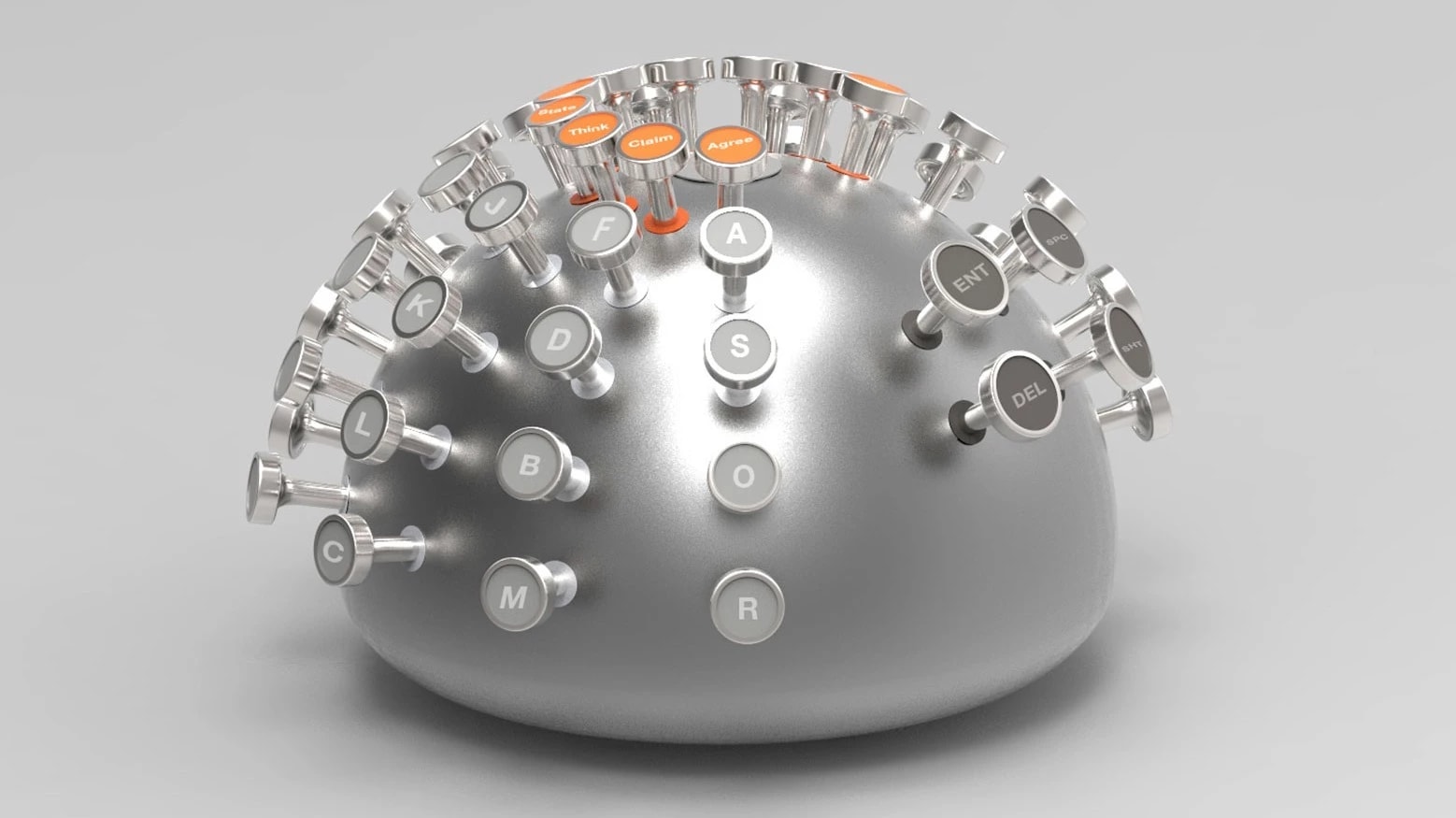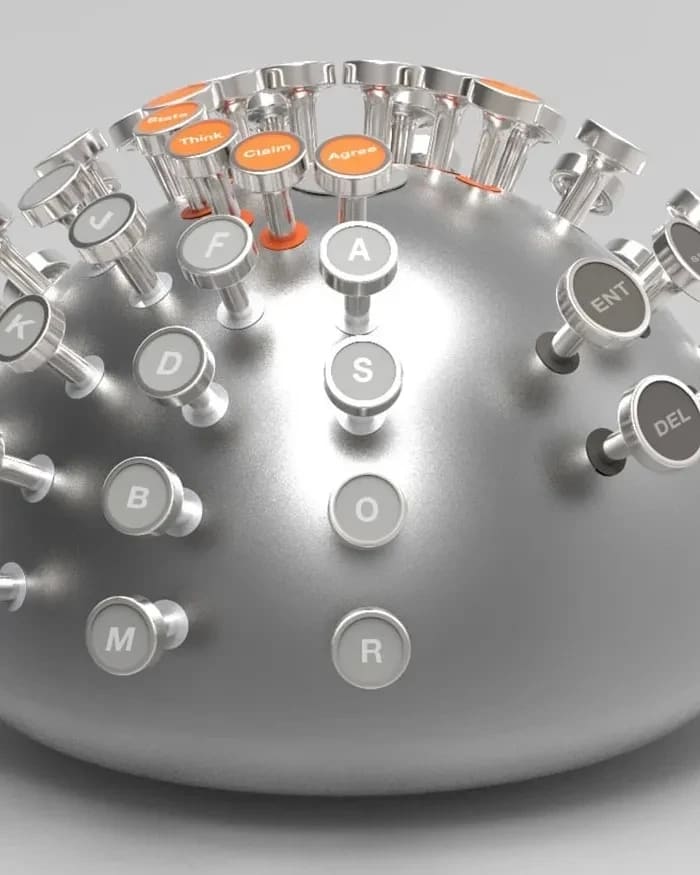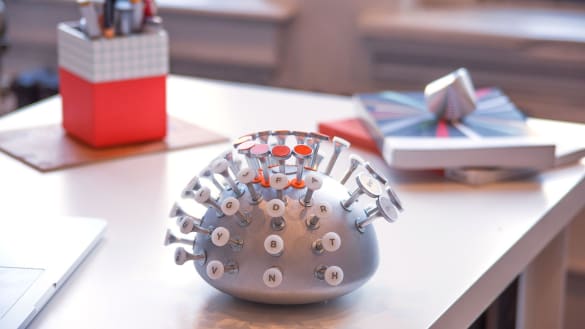MFA Products of Design


The MFA in Products of Design (PoD) is a two-year, immersive program that prepares exceptional practitioners for leadership in the shifting terrain of design. Our students are taught to respond nimbly and comprehensively to the critical questions around the role of objects, the impact of digitization and the centrality of justice in contemporary culture.
Approach and Philosophy
At the heart of our program is the mastering of the three fields crucial to the future of design: making, structures and narratives. Making grounds design and designers: students investigate multiple dimensions of physical design practice, its processes and the tools that enable it. Structures inform practice: students learn the information and business structures that make effective design possible including research, systems thinking, sustainability, strategy, user experience and interaction/information design. Narratives demand a compelling point of view: students hone their ability to communicate and persuade through personal and passionate storytelling and learn to develop and support their narratives through graphic representation, prototyping, drawing, writing and videography.
Our curriculum acknowledges the radical shifts taking place in the design professions themselves. We recognize a great expansion in the participants of design—from anthropologists, behavioral psychologists and economists, to materials experts and systems specialists—tailoring our curriculum with these professionals (and ultimately, our future collaborators) in mind. Students are immersed in the rigorous discourse, assignments and self-directed projects that challenge the conventions of traditional design disciplines that define products as either “industrial products” or “digital products.”
Lastly, the Products of Design department acknowledges the increased interest—from both the mainstream as well as business press, around the power of design—to fix problems, create value, reinvent businesses and to address vital social and environmental challenges. In their courses, our faculty address the urgent need to reconcile the material, energy, environmental and cultural consequences of design inherent within user production and consumption.
Why We Stand Out:
We train multilingual designers in the most vital disciplines of design including interaction, social impact, service, experience, public policy and design for justice. In addition, our students learn the language of business, entrepreneurship, leadership, sustainability, branding, supply chain and labor practices.
Beyond scholarship and research, we are devoted to the prototype. We believe in making—whether it’s a systems map, a user journey map, a physical working prototype or an animation for a mobile app. Everything we do is about creating convincing prototypes—to work with users, to evaluate what needs to come next and to use design to drive positive, lasting change.
Everything we do has a moral center. The beating heart of the program centers on social impact, design for justice, systems change and the drive towards a more fair and equitable world. If you want to be a positive force, here’s where you’ll get fortified.

More About the Department
The department is adjacent to the state-of-the-art Visible Futures Lab, outfitted with the tools and sophisticated equipment necessary for designers to explore their ideas and realize them in three-dimensional form—from low to high-tech, and from handmade to computer-aided rapid prototypes. In addition, the VFL and Products of Design department share a gallery space in which graduate student design work is showcased and visiting artist exhibitions and lectures are held.
The first-year curriculum focuses on hands-on project-based work in three-dimensional design, interaction design, user experience design, sustainable design and design for social innovation. Systems thinking, business fundamentals and design history provides students with the foundations for thinking strategically about their design practice. Throughout the semester, they dig deeper into coding, video storytelling, point of view and design research methodologies. Provocative guest lecturers and inspiring off-campus field trips round out the first-year experience.
The second-year curriculum digs deep into design management, environmental stewardship, design metrics, entrepreneurship and design for public policy. The yearlong thesis project generates change-making, multidisciplinary work around a chosen field of inquiry, resulting in a significant portfolio of prototypes, service blueprints, apps, platforms, business plans, videos and a printed, hardcover thesis book.
Degree candidates must successfully complete 60 credits, including all required courses. A residency of two academic years is required. In the final year, each student completes a thesis project, which must be reviewed and approved by the thesis committee and the department chair in order for the student to be eligible for degree conferral. Upon graduation, students will present their thesis projects in front of a live audience followed by a Q&A in New York City’s storied SVA Theatre.
New York, NY 10011


